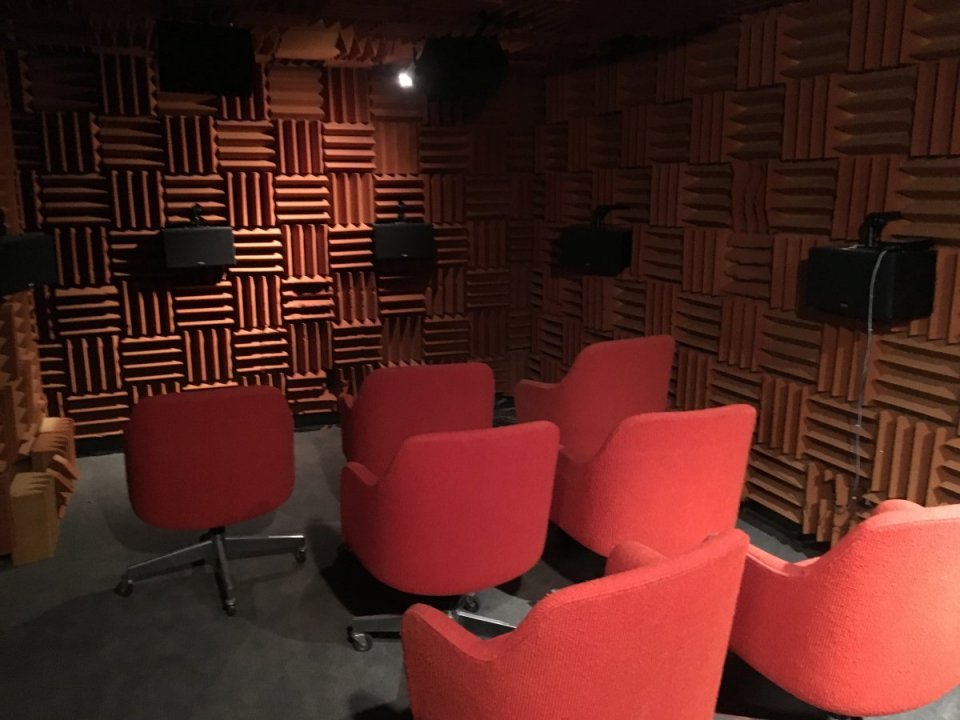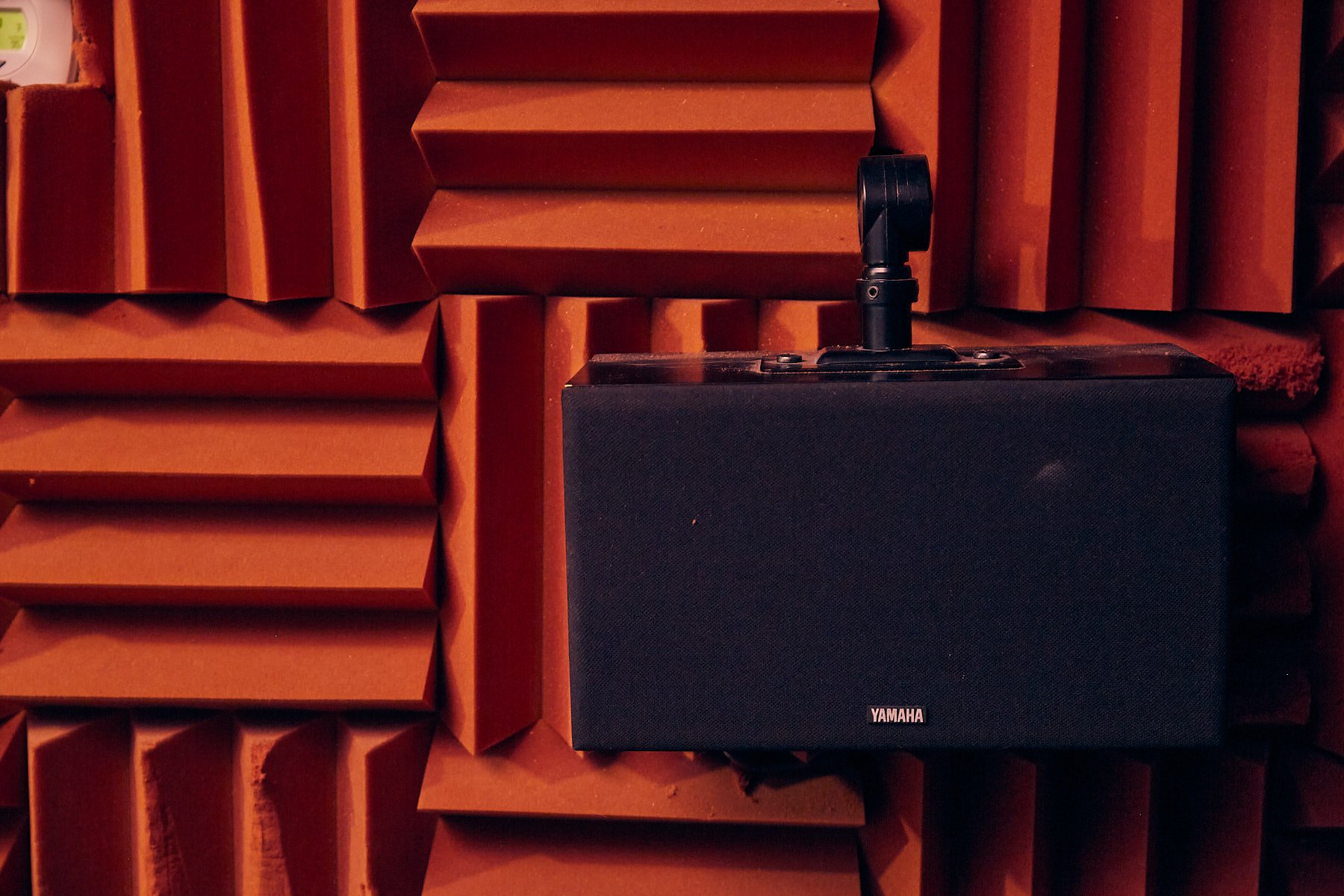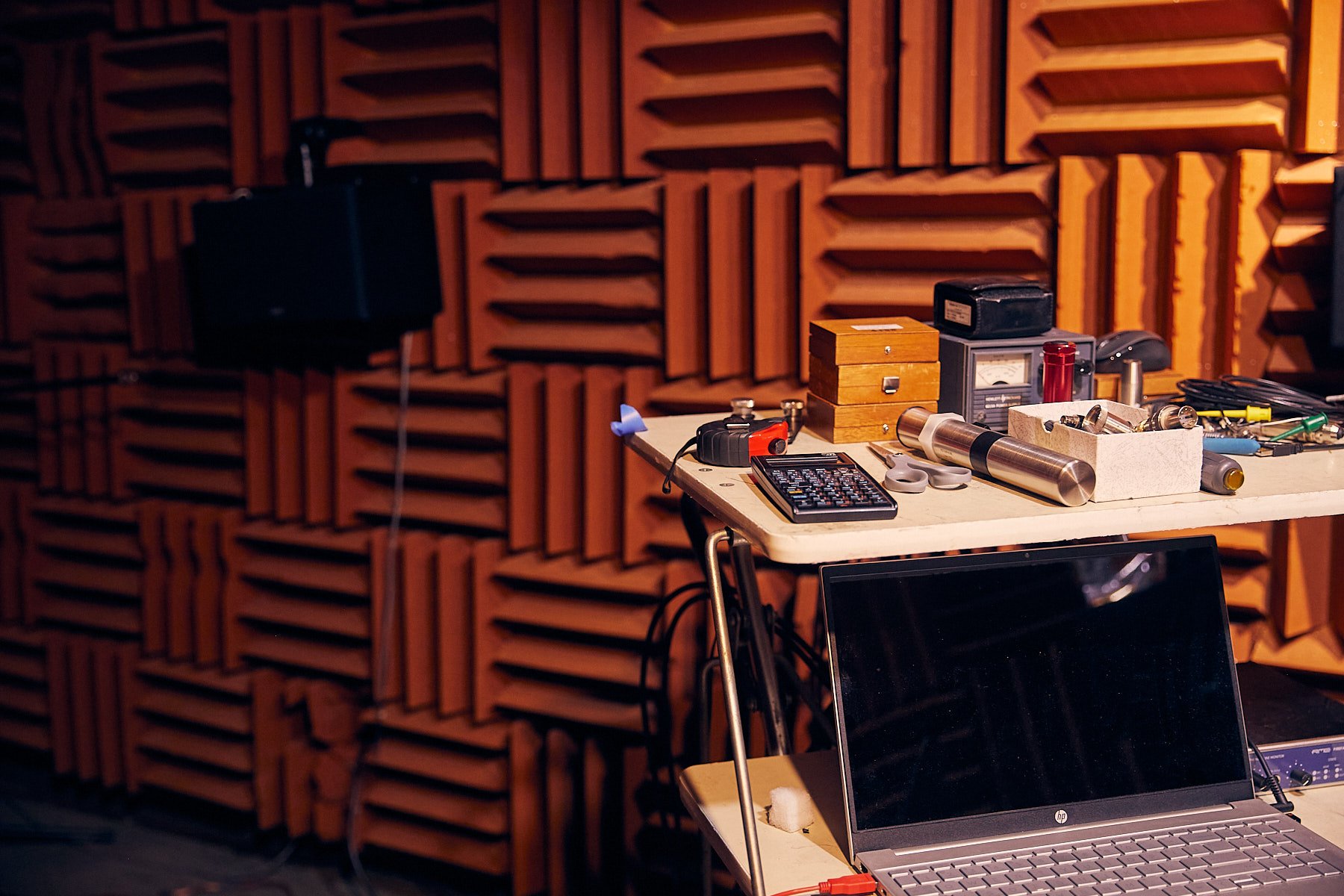Architectural Research
Architecture traditionally uses design charrettes to determine user satisfaction with schematic design directions, yet these opinion-based methods have no scientific validity, as they are simply focus groups used for opinion gathering. And as psychological research and academic market research have known for decades, users cannot accurately self-report on their design preferences or motivations. With this in mind, Orfield Labs is quite focused on helping designers to achieve design resonance and the sense of spiritual satisfaction that is provided by a building based on user measurement.
Buildings are for users, and if the user is not studied and measured in the design process, there will be no predictability in terms of response to the final design. For this reason, when we moved into our new lab in 1990, we decided to develop many facilities for demonstration, so that we could reduce our discussions explaining the sciences, and we could simple demonstrate the perceptual effects of design.
The device pictured below is an Elderly Viewing Simulator, which was designed by the lab. As a perceptual demonstration viewer, it is used to show how a person’s vision is altered by age, by visual diseases and by lighting level.
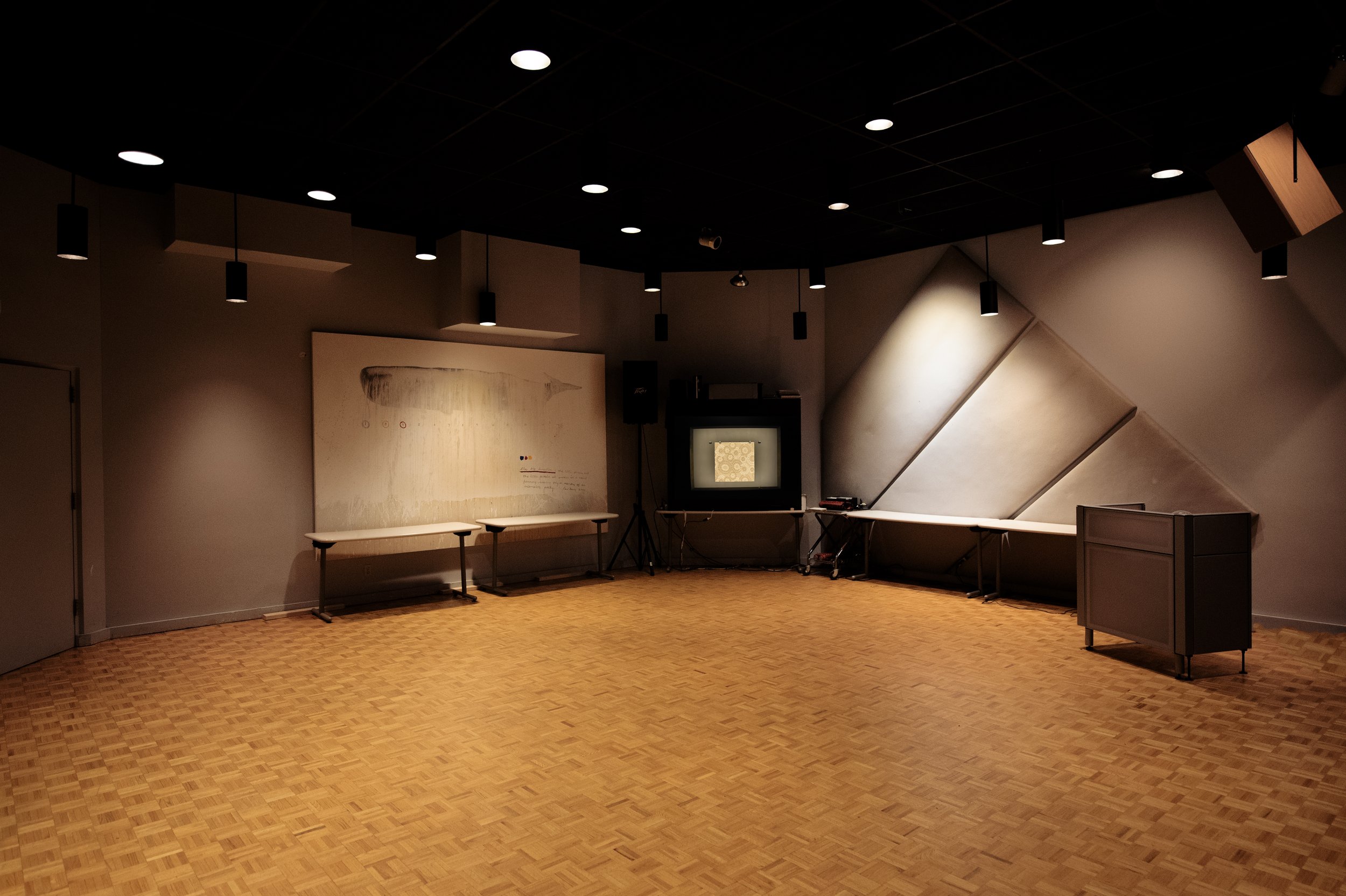
Elderly Viewing Simulator | Designed by and pictured in Orfield Laboratories, Inc.
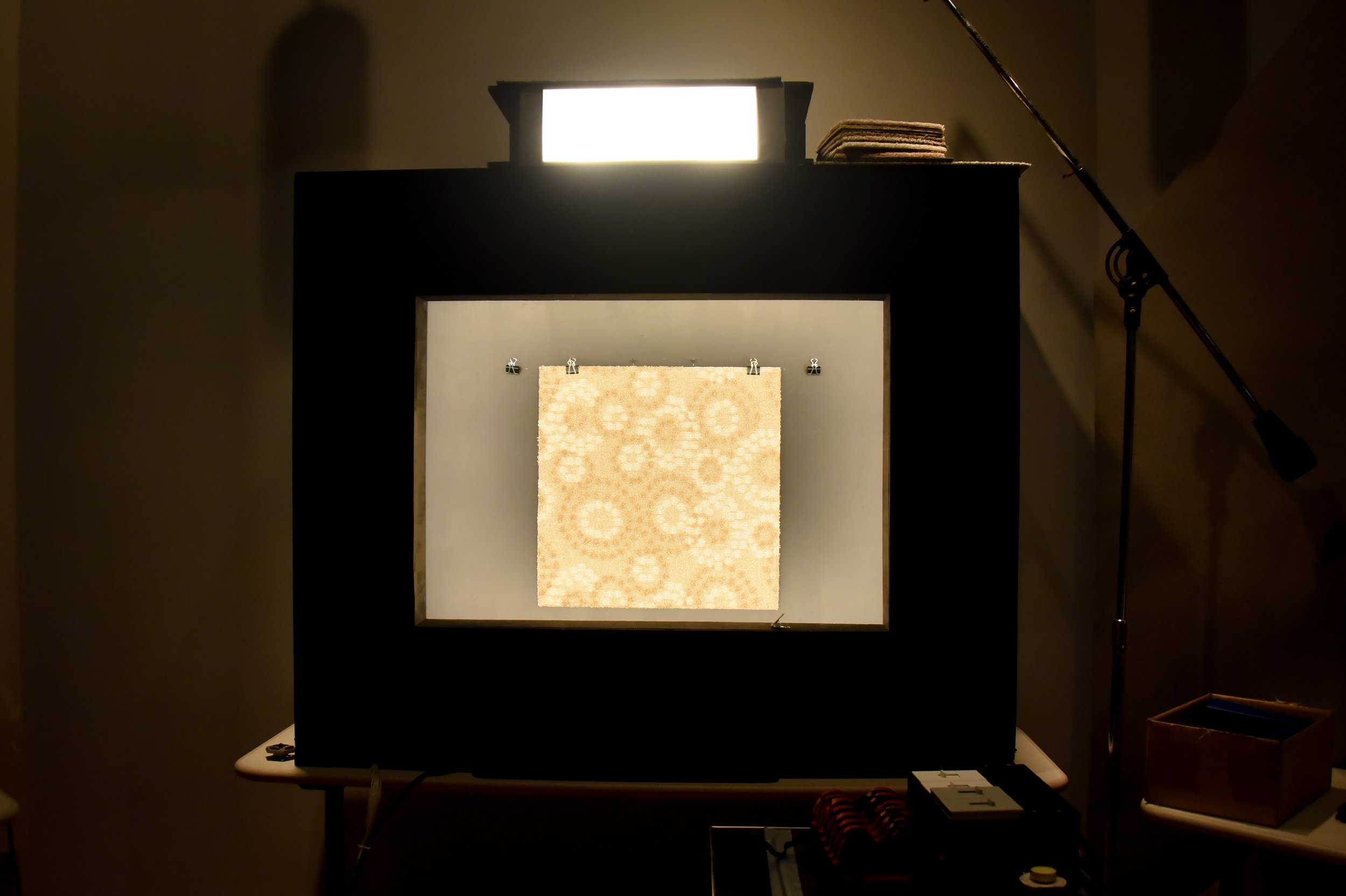
Elderly Viewing Simulator | Designed by and pictured in Orfield Laboratories, Inc
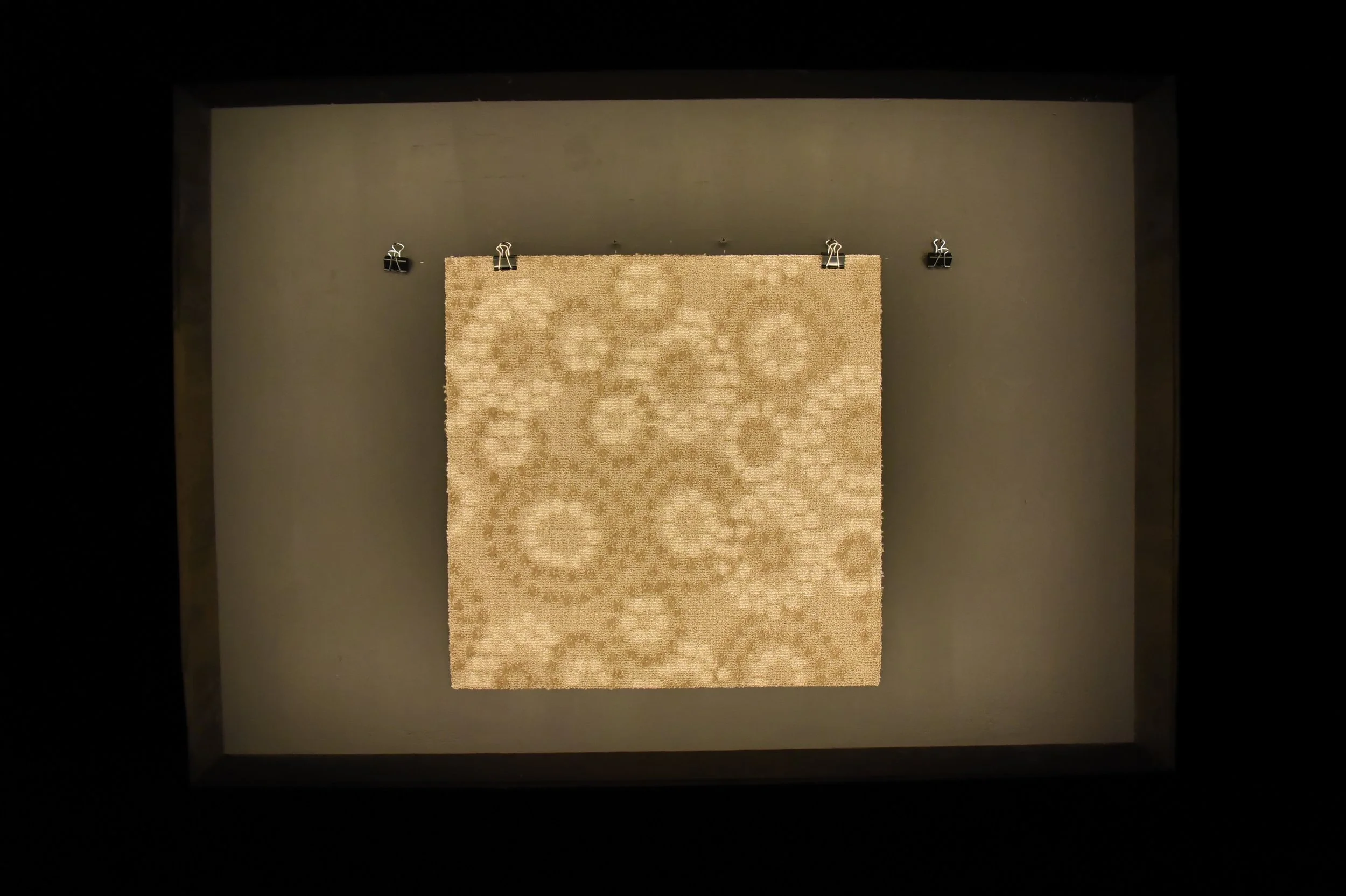
Elderly Viewing Simulator | Designed by and pictured in Orfield Laboratories, Inc
Design success must be gauged through the measurement of user response, which can be done on a large scale, such as building façades, or on a smaller scale, such as interiors or workstations. This work can also be applied to design colors and finishes, as these seemingly small decisions can have a major impact.
Orfield’s OPWG Open Plan Office Laboratory is used to demonstrate issues within the context of an open-plan office setting. In this space, ceilings, floors, wall materials, furniture systems, and lighting can all be installed and changed, in addition to the use of audio simulations of speech babble, HVAC, sound masking and other common signals found in the typical workplace. This lab is equipped with multiple systems for measuring STI and RASTI, for speech privacy and can be programmed to simulate any open plan configuration and system use.
Orfield’s Acoustic Simulation Lab (pictured below) was featured in Sound & Communication Magazine, and in the Minneapolis Star/Tribune in 1991, when designed under contract to Yamaha Pro Audio for use in NYC. At the time, the lab decided to build the same facility in order to simulate architectural acoustic design changes before there was software available for that purpose. Now the Acoustic Simulation Lab is used for background noise investigations, directional sound studies and other similar research studies..
